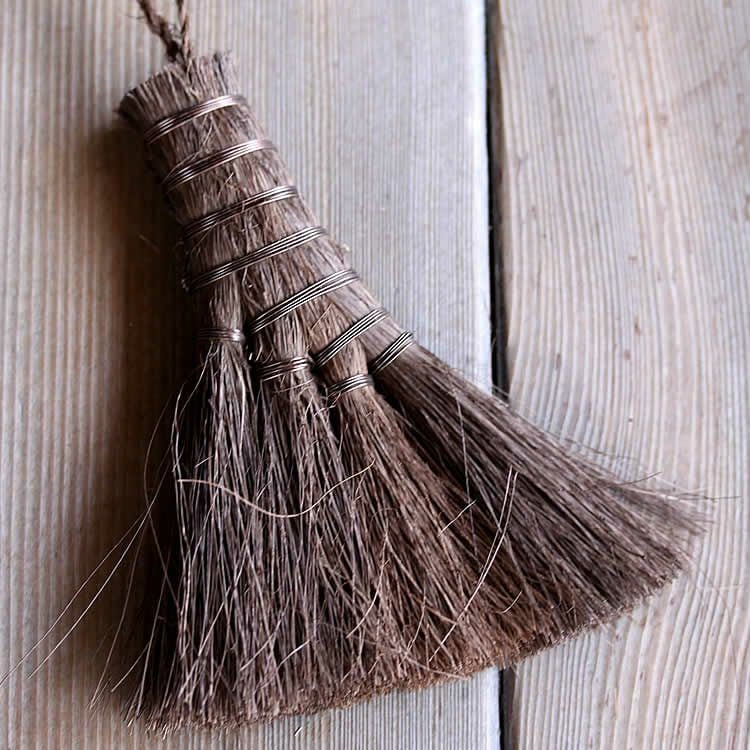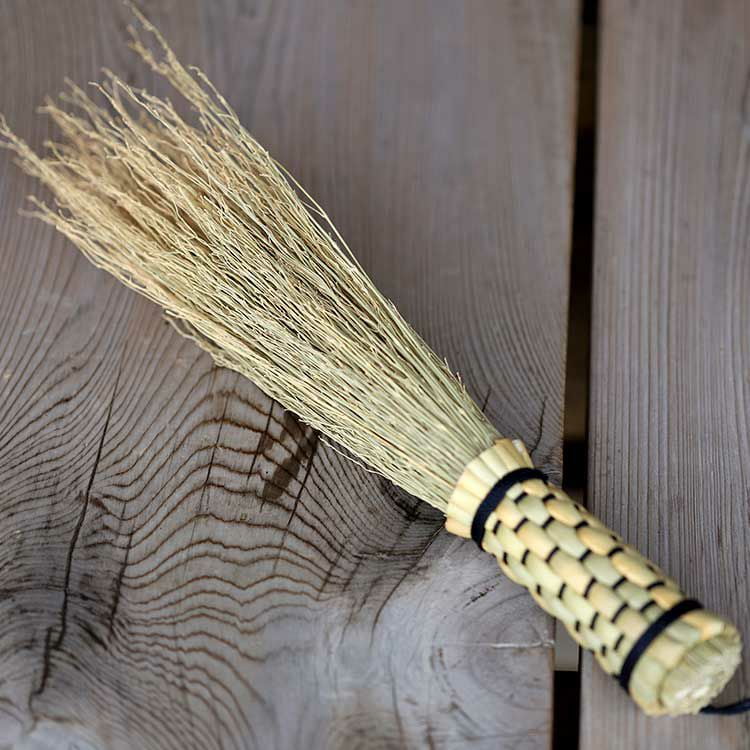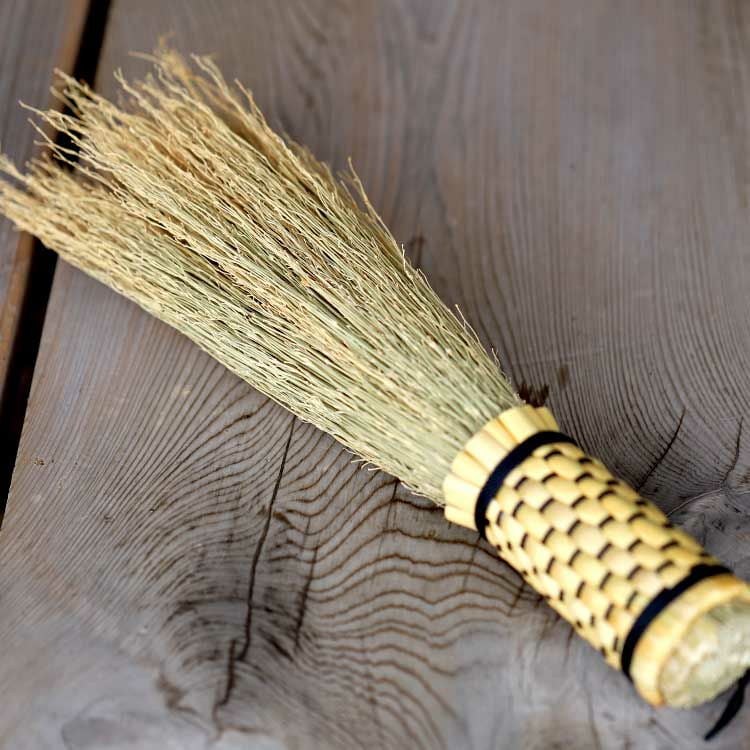Garden Finder Help Page
Whether you are traveling in Japan or want to discover Real Japanese Gardens from the comfort of your home – our garden finder helps you find the next garden to explore. We have used the following categories to give you an overview about our gardens:
Exciting gardens

This category collects all the gardens that get you excited as soon as you enter the front gate. Wonderful views, an ever changing landscape, picture-perfect arrangements and a lot of things to discover…
Calming gardens

There is a wonderful word in the Japanese language: iyashi (癒し). It means healing, soothing, comforting. Keizo Hayano says it is the feeling that you have when you sit down in a tea house, a bowl of matcha tea is placed before you, you look at the garden and the world stops for a moment. Gardens that calm you, soothe your soul and let you take a break from everyday life are collected in this category.
Strolling garden – kaiyū-shiki teien (回遊式)
A stroll garden is usually a large garden with one or more paths leading through an artificial landscape.Strolling gardens became popular in the Edo period (1603-1868), when travel in and outside of the country was restricted by the government. Daimyō and other wealthy men thus recreated famous landscapes of Japan in their own garden.
Pond Strolling garden – chisen-kaiyū-shiki teien (池泉廻遊式庭園)
Like a strolling garden, a pond strolling garden is designed to resemble a famous landscape. The visitors follow a path around a pond, up and down artificial hills and through small “forests”.
Dry landscape garden – karesan-sui teien (枯山水庭園)
Often called Zen gardens, these small gardens use only few plants, but lots of gravel, big rocks and white sand. With the rise of Zen Buddhism in Japan in the Muromachi period, these gardens have become a popular feature in a lot of temples. Often situated in front of the head priest’s quarters, these gardens were looked at in contemplation. Some depict famous landscapes from the Taoist mythology.
Tea garden – cha-niwa/roji (茶庭/露地)
Along with Zen Buddhism, tea culture became popular among noblemen, clergy and the high samurai classes. Tea gardens were built around a small tea house to create a secluded atmosphere. Before the ceremony, the guests wait in a little hut at the garden gate, where they can shake off their everyday problems and prepare mentally for the experience that lies ahead. When they walk down the small garden path, they can literally and figuratively leave the outer world behind them.
Pure Land garden – jōdo-shiki teien (浄土式庭園)
Pure Land gardens are pond gardens that belong to temples of the Jōdo (Pure Land) school of Buddhism. They depict the
“Western Paradise”, the palatial gardens of Amida, the Buddha of Infinite Light. Pure Land gardens were built in the Heian period and usually feature a lotus pond.
Chinese style garden – karayō-no-niwa (唐様の庭)
Gardens that look a little more exotic than traditional Japanese gardens are sometimes referred to as “Chinese style” gardens. They often feature Chinese elements like three-story pagodas.
Shinto priest residence – sha-ke (社家)
The houses and gardens of a Shinto shrine’s head priests. Near Kamigamo Shrine in northeastern Kyoto there is a quarter called Sha-ke-machi, which has 40 of these houses.
Borrowed scenery – shakkei (借景)
A garden that incorporates the surrounding scenery into its design. The boundaries between the garden and the landscape disappear and garden seems larger than it actually is. Often wooded mountains are used as shakkei, but rivers, lakes and nearby forests can also serve as borrowed scenery.
Bamboo grove – take-bayashi (竹林)
Bamboo groves can be found either in natural forests or as a maintained grove in gardens or near temples and shrines.




